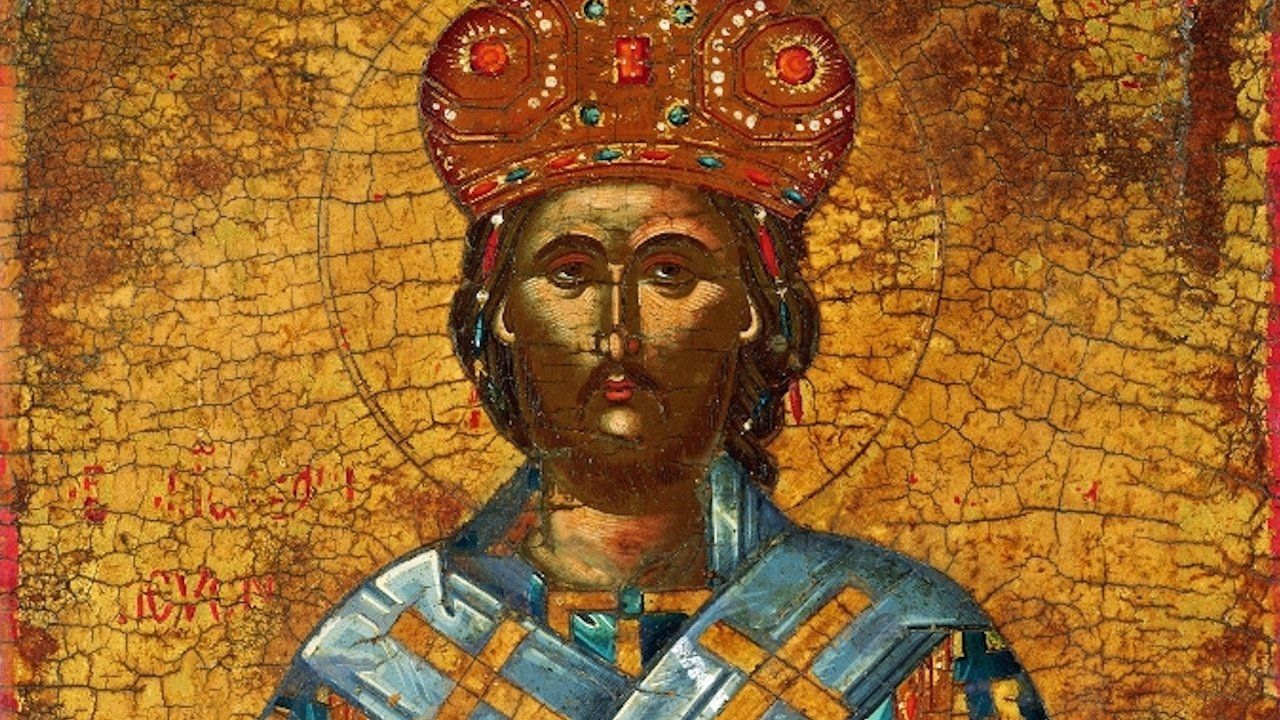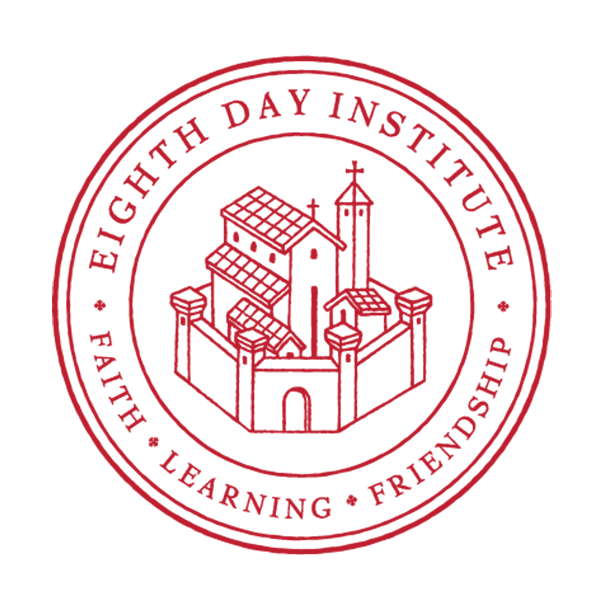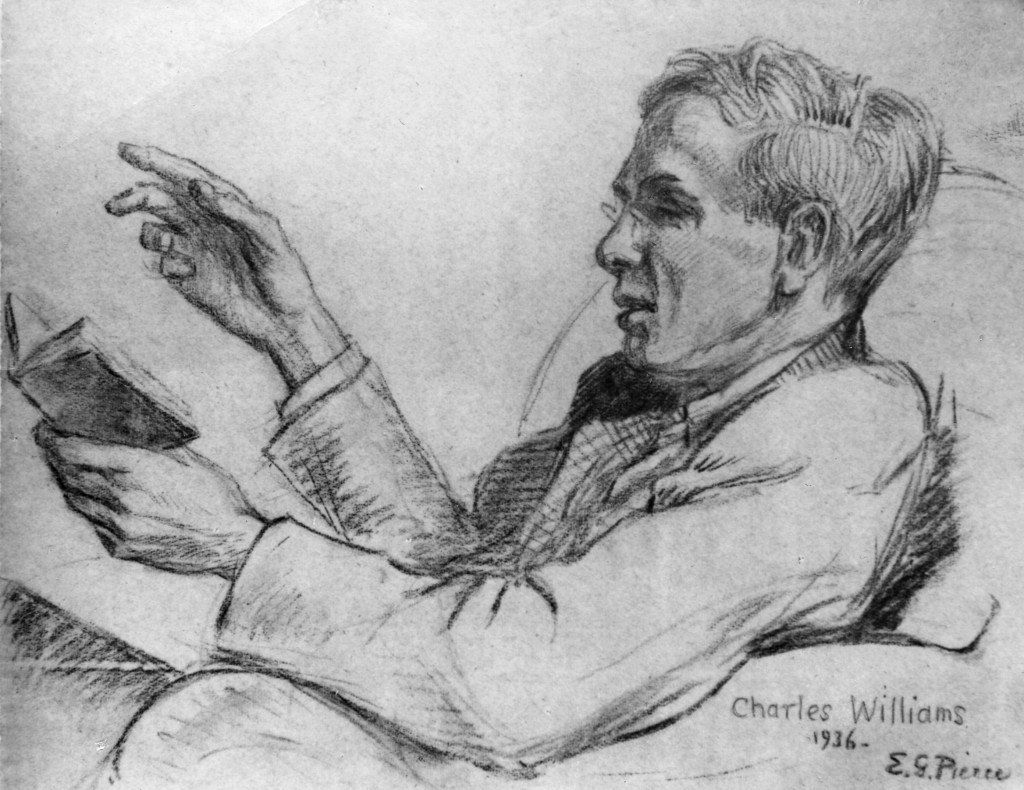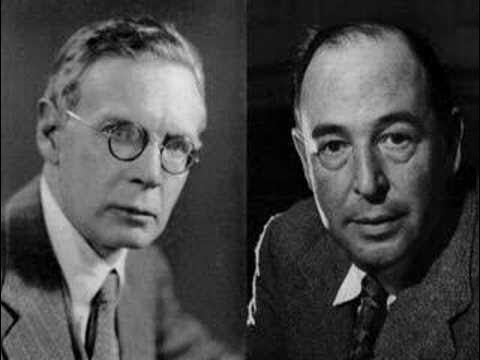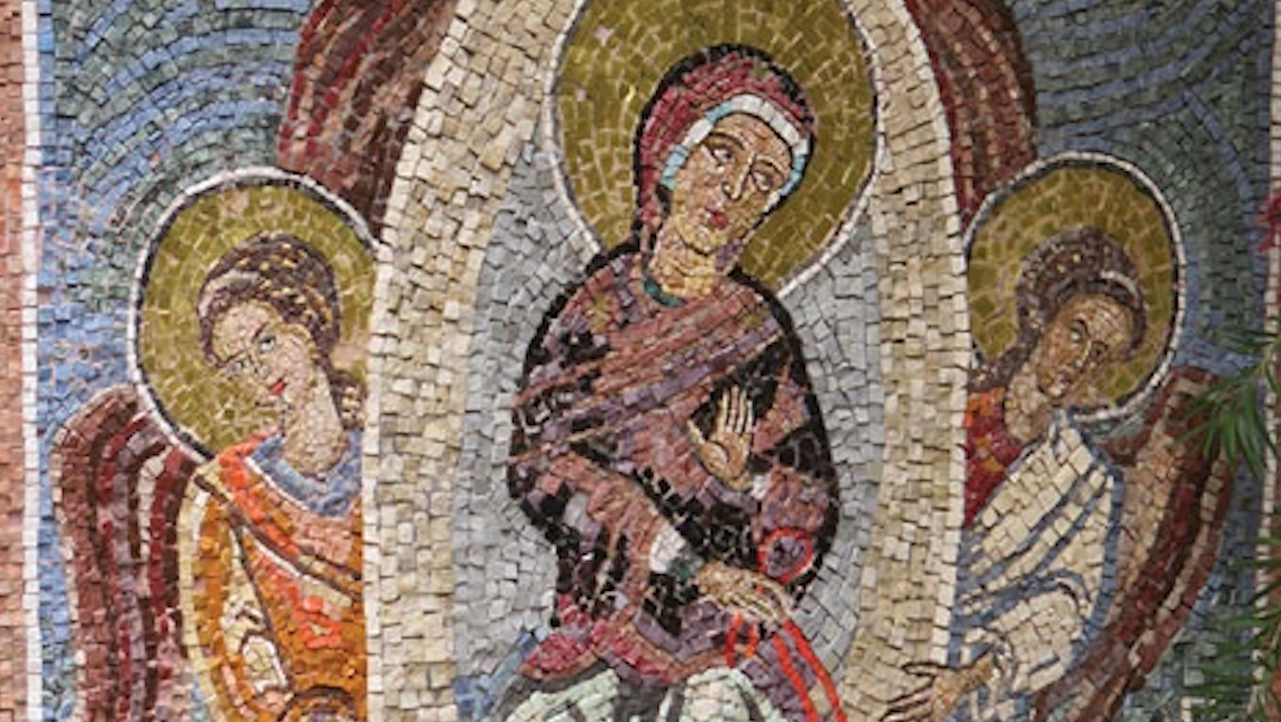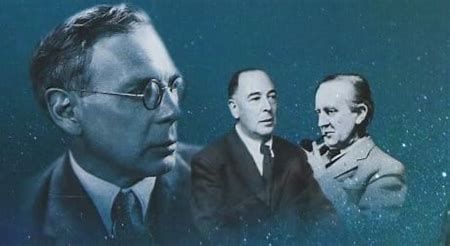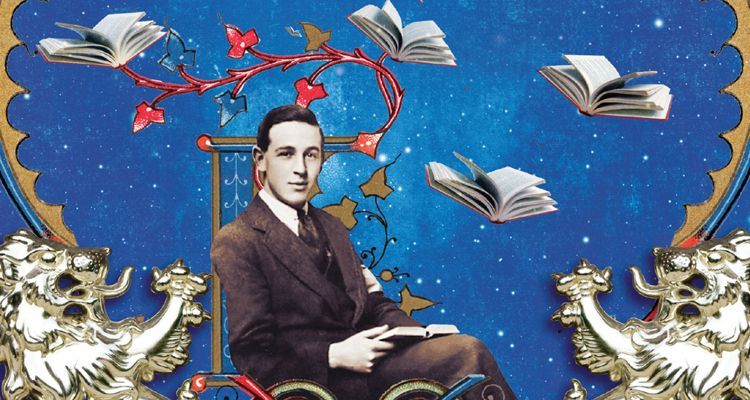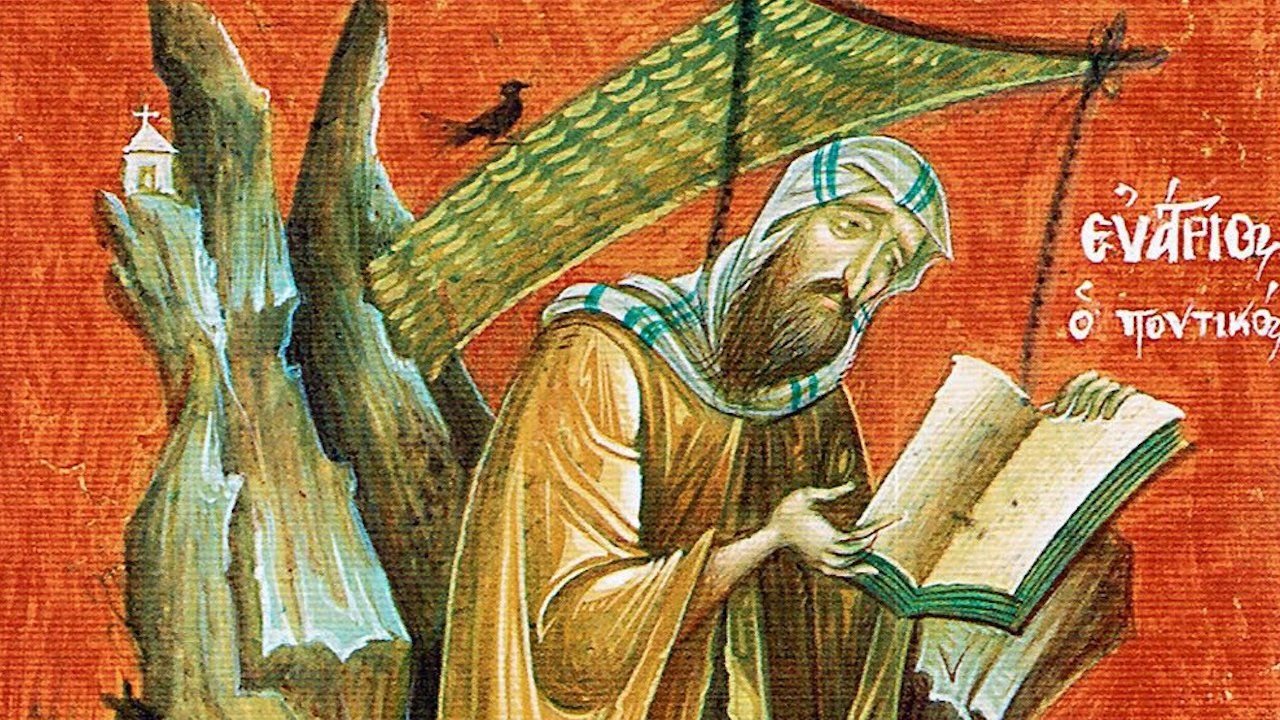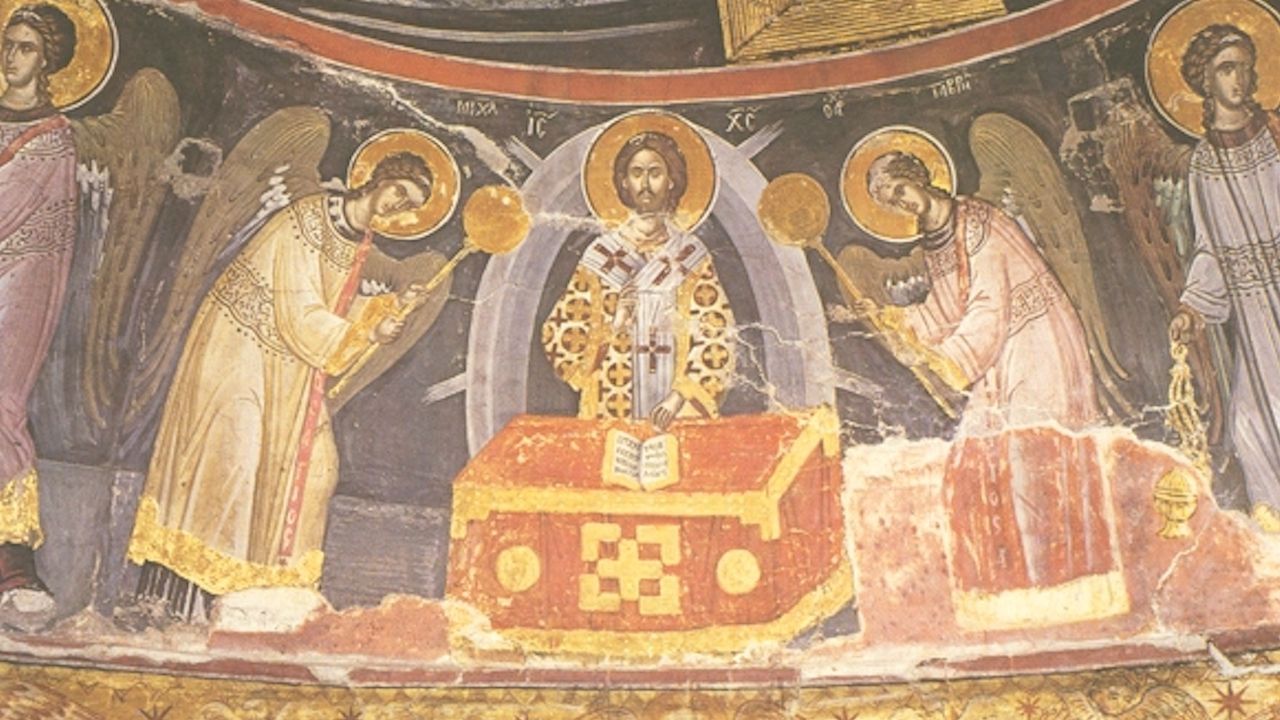The Church is the gathering of the laos, the whole people of God. A lay person is not, as in the popular usage of the word “layman,” an amateur or an ignoramus. Instead, a lay person has the highest status, which all the baptized share: “a chosen race, a royal priesthood, a holy nation, God’s own people,” as St Peter says in his first epistle.
Orthodox Tradition guards the concept of the royal priesthood of all believers. At chrismation – the second sacrament of initiation which is administered immediately after baptism – the newly baptized person, anointed with the holy chrism, is “sealed with the gift of the Holy Spirit” as king, priest, and prophet, a member of the laos, which is “God’s own people.” This confers to all the baptized, including infants, full membership of the Church in which there is “neither Jew nor Greek, slave nor free, male nor female,” in St. Paul’s words.
Each person, made in the image of God and living in a continuing movement of growth towards the likeness, the divine potential, is a holy member of the Church, dedicated to the absolute calling of taking up his or her cross to follow Christ to the self-sacrifice of Calvary and beyond to eternal life. Each person is called to be completely open to the Holy Spirit given at baptism. Each person is called to be a witness to Christ, with the totality of life and, if necessary, of death, as so many Orthodox have found in Eastern Europe in the twentieth century, as they have rediscovered the correlation between the words “witness” and “martyr.” The laos
is a wholeness, the Body of Christ in which each member is irreplaceably unique, but also a vital part of the one living organism which has as its head not an earthly hierarch but the Lord Jesus Christ.
In this exalted and beautiful vision of the meaning of “laity,” the sacramental priesthood is included. This priesthood can only develop within the universal priesthood of all believers, because it is a position of service, not of power or superiority. The priest is the person chosen and delegated by the laos
to serve at the altar, but the laity concelebrate with him and he still remains a member of the laos. That is made clear in the way he serves the Liturgy. He stands at the head of the congregation, facing east with them, and not on the far side of the altar in the place where only Christ has the right to be. He represents the laity and he also represents Christ, but not in the sense of an alter Christus. In an Orthodox Liturgy, Christ remains the only celebrant, just as He remains the head of the Body and the head of the Church.
Tradition regards hierarchical structures as positions of responsibility and service rather than power. The Orthodox bishop standing in the center of the church surrounded by his flock, as happens at many services, is a familial image of a father surrounded by his children. Church structure has been described as an inverted pyramid, supported ultimately by Christ through the bishops and presbyter, in contrast to the perceived Roman structure of the Pope at the apex of the triangle. Orthodoxy is unequivocal in its rejection of the papal model. Tradition, going back to the first Church Council in Jerusalem, sees the Church in conciliar terms, with each bishop having an equal charism, and this principle of conciliarity has been cherished by Orthodoxy down to the present.
The equality of dedication and mutual reverence of the royal priesthood of believers, straight from the New Testament, is as exciting and revolutionary as any modernist agenda. However, it has to be said that it is in practice often forgotten by the Orthodox themselves. Both clergy and non-clergy are often wrongly inclined to equate ordination with professionalism… History has given power to bishops and they have rarely been conformed to the authority of the servant king whom they were supposed to represent. Nevertheless, the vision, the image of the Church as divinely intended, the potential not yet realized but attainable through grace, remains like an ancient icon beneath the accretions of worldly pollution. In striking instances it still shines brightly.
The place of women is another area in which tradition’s vision of the wholeness of the Church is waiting to be rediscovered. Orthodoxy does not have a good record for treating its members as “neither male nor female.” The vital role of women in the Gospels, the honor accorded to those in the early Church who were given the title “equal to the Apostles,” has not been sustained. Although there has been talk for some time of restoring the New Testament institution of deaconesses, which Orthodoxy kept until the thirteenth century, this has not yet been implemented…
The vision of the Church as a model which the world was intended to follow has very often been replaced by the sad spectacle of an institution challenged by the lead of secular society. However, many people are now acknowledging the part which women – the silent, dogged babushkas – have played in keeping alive the Church in Russia during the years of Soviet persecution. St Paul’s words remain true that the communion of saints is a wholeness, realized in eternity but still potential on earth, in which there is truly neither male nor female.
The struggle to be a saint of God, expressed by the Russian St Seraphim of Sarov in the 19th century as the acquisition of the Holy Spirit, is the goal of the Orthodox life. Sainthood, like Tradition, may seem to today’s culture to be a word from the past with little relevance to the consumer society. Like the idea of holistic living, both conjure up an unworldly image which invites a certain mockery.
It is often forgotten that it is the Christian vocation to expect the same mockery as the Master. Growth towards the potential which God wills both for the human person and for the Church, within the wholeness of Tradition, is an all-absorbing, exciting process, but it inevitably remains at odds with secular aspirations. It is the pearl of great price, entrusted as a treasure to the Orthodox Church, but at the same time a vocation towards which the Church must still grow.
~Gillian Crow, excerpt from “The Vision of Wholeness” in Living Orthodoxy in the Modern World
*Register for the Eighth Day Symposium
("For I Am Holy: The Command to Be Like God") before regular registration rates begin on January 7. 